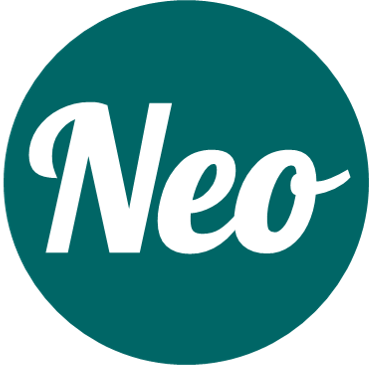Powerful brands are made up of a clear vision and individuals who play their part in good times and play along in trying times. March 2024 marked a momentous occasion for wrestling fans worldwide – WrestleMania, my absolute favourite WWE event, celebrated its 40th anniversary! While a lifelong devotee of the sport (or is it entertainment?), as a branding expert, I’m fascinated by the evolution of WWE.
From Kayfabe to Compelling Narrative: A Strategic Shift
Many brands are comfortable with battling it out in familiar territory. The WWF to WWE transition wasn’t just a cosmetic change; it was a strategic turnaround. The brand acknowledged the preordained nature of matches and embraced the power of scripted narratives. This allowed iconic characters like “Stone Cold” Steve Austin ( now 59); The Undertaker(now 59) and The Rock( now 51) to truly own their larger-than-life personas. The now 50-year-old Canadian wrestler, Adam Copeland, led the young villains as “Edge”. Triple H thrived as the villainous “cerebral assassin,” while John Cena, (now 46), cemented his role as the ultimate good guy. This consistency of characters; became a brand strength, allowing fans to connect with their Champions on a deeper emotional level.
Make Believe: Dedication Creates Believability
The unconverted internal customer makes the greatest loophole for many brands. When team players are bound by financial rewards, working hours and job descriptions, selling remains a job that pays the bills and is not about brand longevity. At WWE, the commitment to playing a part extended beyond the ring. Commentators like Jim Ross and Jerry Lawler transcended mere play-by-play, becoming integral parts of the narrative. Their genuine excitement, outrage, and humour helped sell the stories unfolding on the canvas. This collaborative play – from writers crafting engaging storylines to wrestlers inhabiting their characters to commentators amplifying the drama – created an undeniably scripted, yet strangely believable, brand experience.
Catering to a Diverse Audience: Expanding the Championship Landscape
“Madame Neo, this is how we have been marketing our products for years and in as much as you are an expert in branding- let’s stick to that!” The moment I hear this statement I immediately know that I have to choose between getting paid to lazy around or to boldly introduce some ‘somethings.’ Audiences are not some eggs in a basket! To cater for their evolving needs Branders must dream, wake up and dream again!
WWE understands the importance of evolution. Gone are the days of a singular championship belt. The current landscape boasts a diverse range of 15 Championships, spread across Raw, SmackDown, and NXT. This strategic expansion caters to a wider audience with distinct preferences.
For example, the NXT Championship focuses on nurturing young talent, creating a dedicated fanbase invested in their journeys. Meanwhile, the Raw and SmackDown Women’s Championships showcase the skills of some of the most talented female wrestlers in the world, appealing to a demographic previously underserved. This diversification demonstrates WWE’s commitment to providing a variety of in-ring experiences, ensuring there’s something for everyone.
WWE Brand: A Collaborative Legacy
Whenever I work on any brand, I leave a strong mark. I give it my heart and make sure every team member gets their motivation from progress not from their payslip. This is a foreign culture to most professionals. This is exactly what brands like WWE have done. Their commitment to collaborative play across all aspects of the brand, willingness to adapt to audience preferences, and maintaining a roster brimming with talent solidify their position as the king of sports entertainment.
As a fan, I enjoyed how Wrestlemania 40 brought back retired superstars in a few minutes, jaw-dropping, and unforgettable moments. All this effort is a testament to the power of collaborative play that a brand built on a touch of theatrics and a whole lot of heart continues to resonate with fans around the world.


